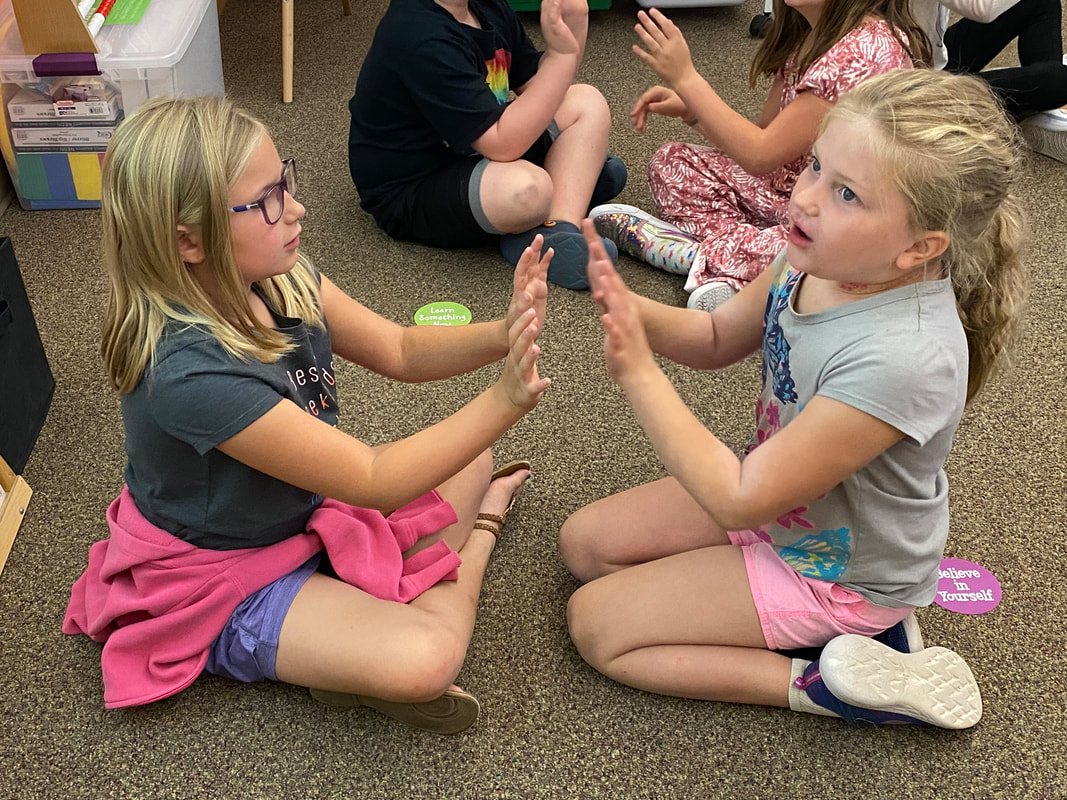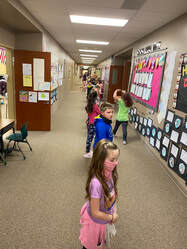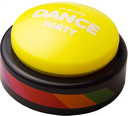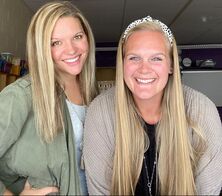IntegratED Classroom Learning ExperiencesHow many of you have seen the cute videos on social media of little babies bouncing or jumping to the beat of a song? They are so cute! But even more importantly, even as babies, they are reminding us the importance of getting up and moving! As humans, we are meant to move! Movement is natural for children, no one has to teach them to move to a beat of a song or jump up and down when they are excited. Susan Griss says “Children naturally move. They react to and explore their world in a physical way. When they arrive in school, they are fluent in this nonverbal, physical language”. By fostering their movement and integrating it into their learning, children are going to thrive. Students will be able to take something that comes naturally to them and apply it to their learning of the content, giving them the opportunity to express their understanding of the content in a way that makes sense to them. Movement IdeasPlot: In the primary grades students are asked to understand the plot of the story with character, setting, and plot. After reading a story with a distinctive plot students map out their path on paper to show the beginning, middle, and end. They move through each section with different movements/poses. Life Cycle: After students have learned the life cycle stages of an animal or plant, have them create different movements to show each stage with their bodies. Encourage them to be big/small tall/short. For example, if they are showing movements for a life cycle of a flower a seed would be close to the ground, bodies in a ball. Their flowers might be tall, reaching for the sky, making blooming motions.
Movement Math: Have students use their bodies to show different shapes. Students use their feet to draw the shape on the ground. Clock Movement: Students use their bodies to show different times on an analog clock. Story Problems: Students could ‘act’ out the story problems to help solve. Addition vs. Subtraction: Students could have different moments/action for addition and subtraction to help them differentiate between the two and to help them pay closer attention to the symbols. Vocabulary Movement: Have students stand up and use their bodies to act out different meanings of words. Habitat Movement: Are you learning about different animals? Have students act out their animals in their habitat. Topic Movement: Let’s say you are learning about matter. Have your students move like a solid, liquid, or gas. This not only gets them up and moving but provides you with a quick idea of what students might still need clarification. Writing Movement: Have students create different movements for parts of their writing. For example, If you are teaching opinion writing, the introduction sentence, three reasons, and close would each have a movement. Song & Dance: So many of us educators have little songs or jingles to help students remember different content. Put simple little actions to that song/jingle (no need for Broadway level choreography 😉) and you will be amazed at how that will stick with the students!
Benefits of Integrating Movement
If we really want students to learn we must connect the material with their memories so that it sticks.” -The Playful Classroom
0 Comments
Leave a Reply. |
AuthorMegan and Kara are educational leaders, professional development experts, and current classroom teachers who are improving the way instruction is being delivered in the standard classroom. Archives
May 2024
Categories |





 RSS Feed
RSS Feed
